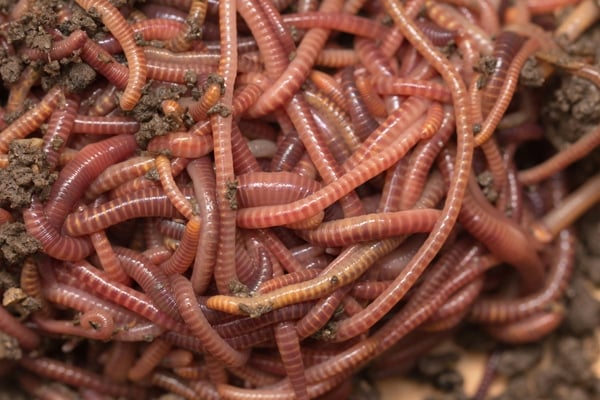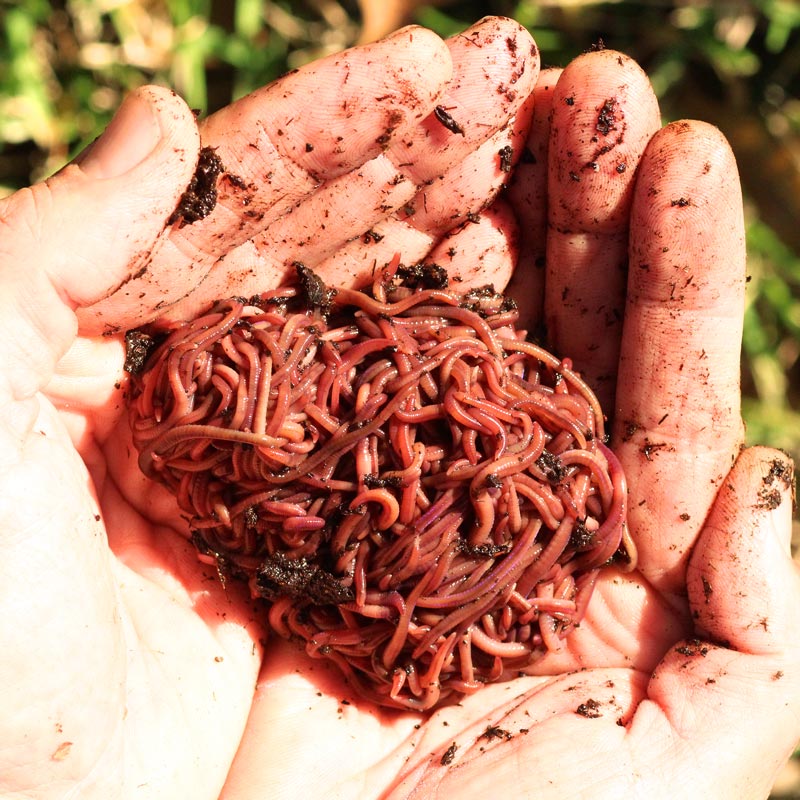Keep Your Lawn Green and Healthy with Expert Tips from Lake Hickory Bait
Keep Your Lawn Green and Healthy with Expert Tips from Lake Hickory Bait
Blog Article
Unlock the Secrets of Red Wigglers: Your Guide to Composting Success
The assimilation of red wigglers into composting techniques offers a significant opportunity for boosting dirt health and wellness and advertising sustainability. Comprehending their requirements and habits is important for optimizing their potential, from setting up a proper worm container to feeding them the ideal materials.

What Are Red Wigglers?
(Red Wiggler Express)Red wigglers, medically understood as Eisenia fetida, are a types of earthworm primarily utilized in composting because of their exceptional ability to decompose raw material efficiently. These worms are identified by their reddish-brown pigmentation and a segmented body, normally gauging in between 3 to 4 inches in length. Unlike various other earthworm types, red wigglers grow in rich, organic atmospheres, making them suitable for vermicomposting systems.
Belonging To The United States And copyright, they are typically found in rotting fallen leaves and garden compost piles, where they play a vital duty in nutrient recycling. Their adjustment to residing in a wet, cardiovascular setting enables them to take in huge amounts of natural waste, breaking it down into nutrient-rich castings that boost soil health and wellness.
Red wigglers reproduce rapidly, with a single worm capable of generating numerous cocoons each week, each containing several hatchlings. Recognizing the biology and behavior of red wigglers is vital for maximizing their possibility in composting applications.
Advantages of Making Use Of Red Wigglers
Taking advantage of the power of red wigglers in composting offers various advantages that boost dirt health and wellness and promote sustainable waste monitoring. These exceptional organisms effectively damage down organic matter, transforming cooking area scraps and yard waste into nutrient-rich vermicompost. This ended up item is incredibly beneficial for plant growth, as it enhances dirt framework, enhances dampness retention, and enhances nutrition schedule.

(Lake Rhodhiss Bait)Additionally, the visibility of red wigglers in your composting system can increase the composting process, producing top notch compost in a fraction of the time contrasted to traditional techniques. The spreadings generated by these worms are additionally including beneficial bacteria that additionally enrich the dirt community.
Setting Up Your Worm Bin
Creating an efficient worm bin is a straightforward procedure that can considerably improve your composting initiatives. Worm containers can be made from plastic storage containers, wooden boxes, or readily available worm containers.
Next, prepare the bedding product, which functions as the worms' environment. A mix of shredded paper, cardboard, and coconut coir works well, providing a comfy setting for the worms. Purpose for a bedding depth of concerning 4-6 inches. Dampen the bed linen gently, ensuring it appears like a damp sponge without excess water merging near the bottom.

Feeding Your Red Wigglers
To ensure the health and efficiency of your red wigglers, it is vital to provide them with a well balanced diet that satisfies their dietary demands. Red wigglers prosper on a diverse array of natural products, which not only supply essential nutrients but also advertise effective composting.
Begin by incorporating cooking area scraps such as vegetable peels, fruit cores, and coffee premises. Prevent citrus fruits, onions, and garlic, as these can be harmful to worm health and wellness. Additionally, introduce shredded paper, cardboard, and completely dry leaves to create a well-aerated setting.
Feeding frequency ought to be kept an eye on; usually, worms can consume half their body weight in food weekly. It is important to prevent overfeeding, as excess food can result in undesirable smells and bring in insects. An excellent technique is to include food in little quantities, enabling worms to refine it prior to presenting more.
Preserving moisture levels is also important; the bed linen needs to be wet yet not soggy. Be sure to consistently examine the temperature and pH levels of the container to make sure an optimum atmosphere for your red wigglers, eventually boosting their composting performance.
Harvesting and Making Use Of Compost
A successful composting process with red wigglers finishes in the rich, dark compost called vermicompost, which can considerably enhance dirt wellness and plant growth. Harvesting this nutrient-dense product generally happens every three to 6 months, depending upon the size of your system and the quantity of raw material being refined.
To harvest, carefully different the garden compost from the worms and any undecomposed products. One efficient approach involves relocating the contents of the bin to one side and adding fresh bedding and food to the vacant area, encouraging the worms to move. After a few days, the garden compost can be accumulated discover here from the contrary side.
It is important to make use of vermicompost correctly to maximize its advantages. By incorporating vermicompost into your gardening regimen, you not just reuse organic waste but likewise create a flourishing ecological community that supports lasting horticulture methods.
Conclusion
In summary, red wigglers serve as outstanding allies in composting efforts, changing natural waste into nutrient-rich vermicompost (Red Wiggler Express). Their special biological qualities and reliable waste processing capabilities add dramatically to sustainable horticulture techniques. By understanding the optimum problems for their environment, feeding demands, and compost harvesting methods, garden enthusiasts can improve soil wellness and promote plant vigor. Welcoming vermicomposting not just decreases landfill waste yet additionally fosters a more eco responsible strategy to gardening and source monitoring.
Report this page